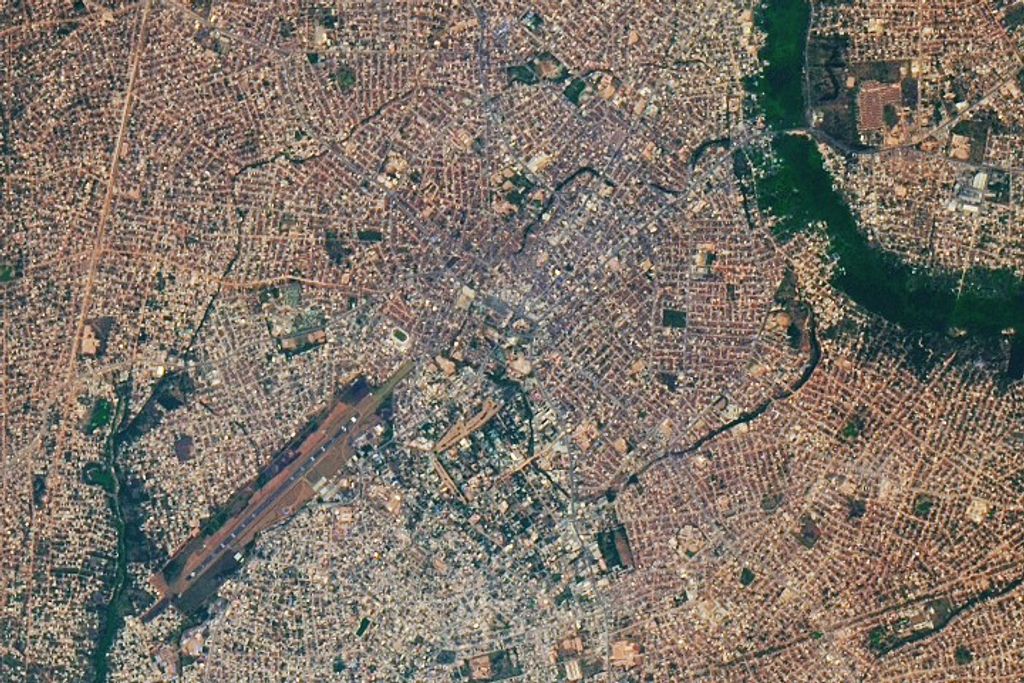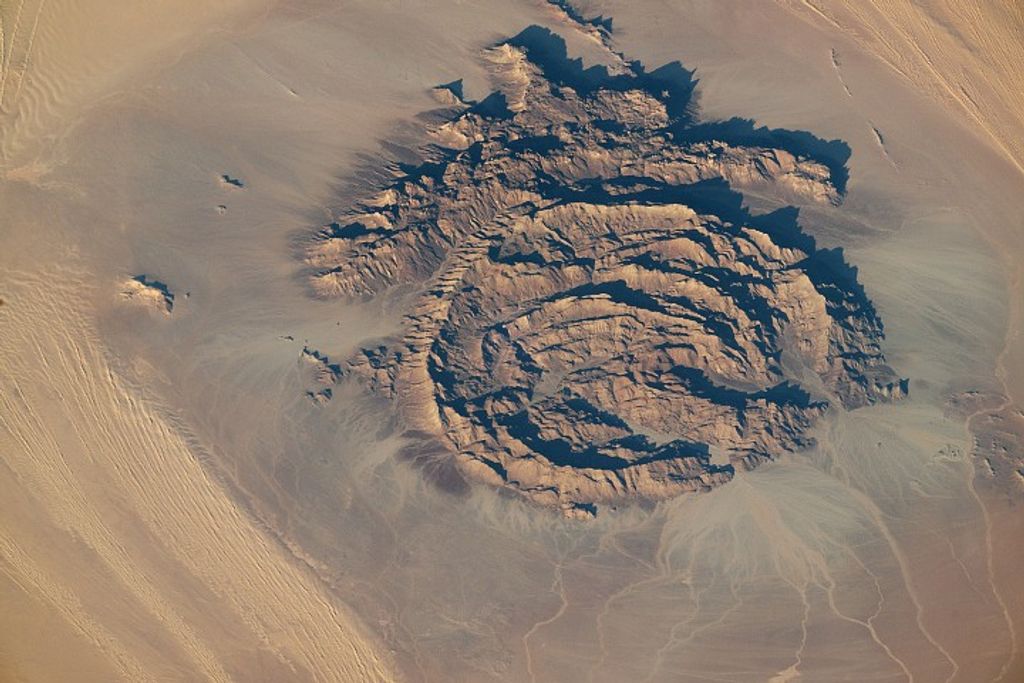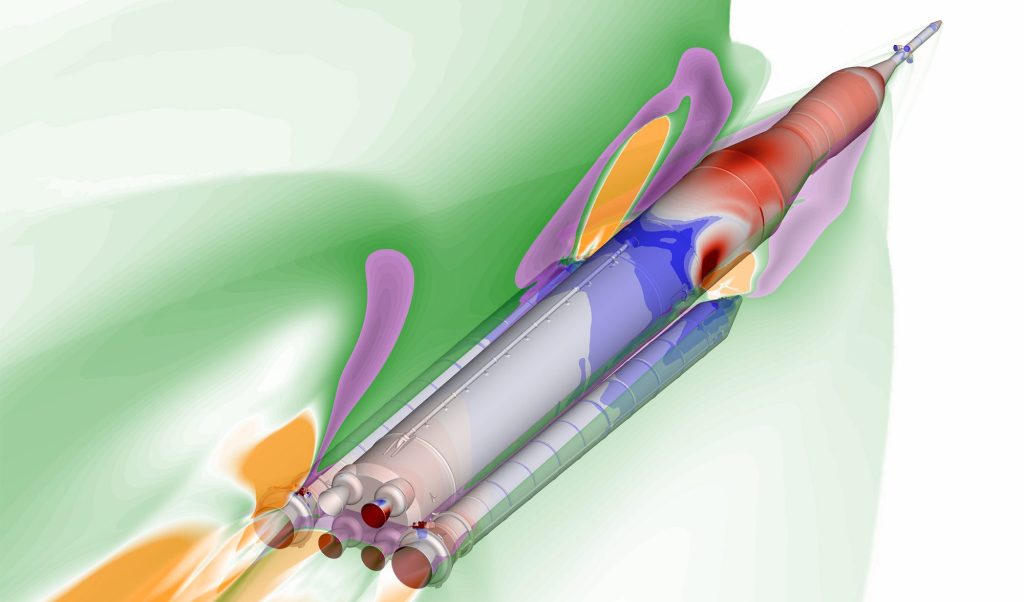
Dr. Will McCarty
Program Scientist
Dr. Will McCarty is a Program Scientist at NASA Headquarters. He resides within two science Spheres within the Earth System Science Research Program (formerly Research & Analysis). He serves as the lead of Hydrosphere, representing Precipitation Science, and as a member of Atmosphere, representing Atmospheric Dynamics. His programs aim to understand the temperature, water (vapor, clouds, and precipitation), and winds of the troposphere, and the weather events that drive and are driven by those variables. Core to the program is understanding the uncertainties of how these variables and weather events can be measured from space, and how NASA can steer cutting-edge technology towards reducing scientific uncertainties with better knowledge and observations.
He is also the Program Scientist for NASA’s Weather satellites. At the Headquarters-level, he represents the scientific requirements and research for multiple missions – both currently and in the future. This includes the Aqua, GPM, CYGNSS, TROPICS, INCUS, PolSIR, and PMM. Additionally, he serves as the Program Scientist for the Planetary Boundary Layer segment of the Decadal Survey Incubation Program, which targets the co-development of science and technology to better measure the layer of the atmosphere closest to the surface.
Prior to joining NASA Headquarters, Will served as a Research Meteorologist for the Global Modeling and Assimilation Office at NASA Goddard Space Flight Center, where he focused on satellite data assimilation. He led the Atmospheric Observations group and worked towards the additional and improved use of satellite observations within the GMAO system. His efforts targeted past, present, and future observations through his work on reanalysis, near real-time atmospheric modeling and data assimilation systems, and Observing System Simulation Experiments (OSSEs). His research spanned a broad range of remotely sensed and conventional observations. Additionally at Goddard, he served as the first Project Scientist for the CSDA Program where he helped form the program and created procedures for onboarding and evaluating new commercial satellite vendors and their data.
Will received his B.S. in Meteorology from Valparaiso University in 2003. His links to NASA began in graduate school, as he received a M.S. (2005) and Ph. D. (2008) in Atmospheric Science from the University of Alabama in Huntsville under the tutelage of scientists at NASA Marshall Space Flight Center. His dissertation focused on the assimilation of Atmospheric Infrared Sounder (AIRS) radiances with the aim of improving short-term numerical weather forecasts.

























